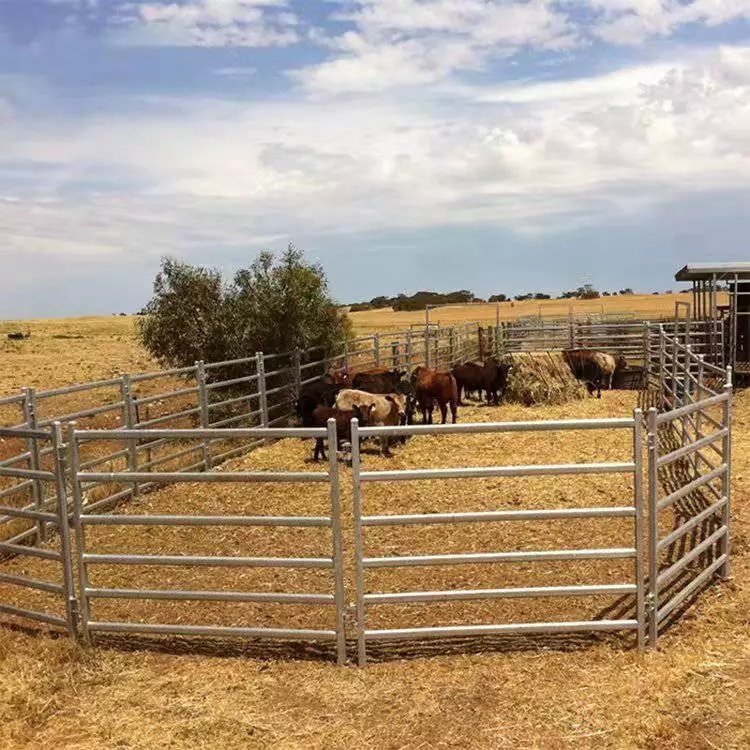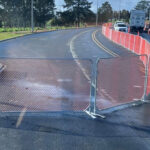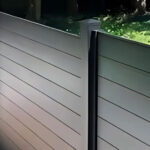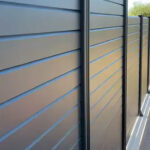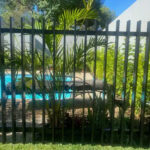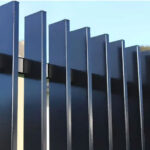DIY Cattle Panel Greenhouse: A Step-by-Step Guide to Extending Your Growing Season
Are you looking for an affordable and efficient way to extend your growing season? A DIY cattle panel greenhouse might be the perfect solution! This versatile and cost-effective structure can help you protect your plants from harsh weather conditions, pests, and even provide a head start on seedlings. In this comprehensive guide, we’ll walk you through the process of building your own cattle panel greenhouse, from planning to completion.
Why Build a Cattle Panel Greenhouse?
Before we dive into the nitty-gritty of construction, let’s explore why a cattle panel greenhouse is worth considering:
- Cost-effective: Compared to traditional greenhouses, cattle panel structures are significantly more affordable.
- Easy to build: With basic tools and materials, you can construct a cattle panel greenhouse in a weekend.
- Versatile: These greenhouses can be easily customized to fit your space and needs.
- Portable: Unlike permanent structures, cattle panel greenhouses can be disassembled and moved if necessary.
- Durable: When properly constructed, these greenhouses can withstand various weather conditions.
Now that we’ve piqued your interest, let’s get started on your DIY cattle panel greenhouse project!
What Are Cattle Panels?
Before we begin, it’s essential to understand what cattle panels are. Cattle panels are rigid, welded wire panels typically used for livestock fencing. They’re usually made of galvanized steel and come in standard sizes, often 16 feet long and 50 inches wide. Their sturdy construction and versatility make them an excellent choice for creating the frame of a greenhouse.
Planning Your Cattle Panel Greenhouse
1. Choosing the Right Location
The success of your greenhouse starts with selecting the ideal location. Consider the following factors:
- Sunlight: Choose a spot that receives ample sunlight, preferably with southern exposure.
- Drainage: Ensure the area has good drainage to prevent water accumulation.
- Accessibility: Place your greenhouse where it’s easy to access for maintenance and harvesting.
- Wind protection: If possible, position the greenhouse near a windbreak like a fence or building.
2. Determining the Size
The size of your greenhouse will depend on your available space and needs. A typical cattle panel greenhouse using two panels will be about 8 feet wide and 10 feet long. However, you can adjust these dimensions based on your requirements.
3. Gathering Materials
Before you start building, make sure you have all the necessary materials:
- 2-3 cattle panels (depending on desired length)
- T-posts or rebar (for anchoring)
- Greenhouse plastic (6 mil, UV-resistant polyethylene)
- PVC pipe (for base and door frame)
- Wood for baseboards and door frame
- Zip ties
- Screws and nails
- Pipe insulation (optional, for covering sharp edges)
- Hinges and latch for the door
4. Tools You’ll Need
Gather these tools to make your construction process smoother:
- Hammer
- Furar
- Saw (for cutting wood and PVC)
- Fita métrica
- Utility knife
- Alicate
- Post driver (if using T-posts)
Building Your DIY Cattle Panel Greenhouse
Now that you’ve done your planning and gathered your materials, it’s time to start building!
1. Preparing the Site
- Clear the area of any debris or vegetation.
- Level the ground as much as possible.
- Mark the corners of your greenhouse using stakes or spray paint.
2. Creating the Base
- Cut your PVC pipe or wood to create a rectangular base frame.
- Secure the frame to the ground using T-posts or rebar.
- If using wood for baseboards, attach them to the frame for added stability.
3. Installing the Cattle Panels
- Bend the cattle panels into an arch shape and secure them to the base frame.
- Use zip ties or wire to attach the panels to the frame and to each other.
- For added strength, you can overlap the panels slightly at the top.
4. Building the End Walls
- Construct end walls using PVC pipe or wood framing.
- Include a door frame on one end for easy access.
- Attach the end walls to the arched cattle panels.
5. Adding the Greenhouse Plastic
- Unroll the greenhouse plastic over the entire structure.
- Secure the plastic to the base frame and end walls using staples or batten strips.
- Make sure the plastic is taut to prevent sagging or flapping in the wind.
6. Installing the Door
- Build a door using PVC pipe or wood framing.
- Cover the door frame with greenhouse plastic.
- Attach the door to the frame using hinges and add a latch for security.
7. Final Touches
- Cover any sharp edges with pipe insulation to prevent tearing of the greenhouse plastic.
- Consider adding ventilation options like roll-up sides or a small fan.
- Install shelving or raised beds inside the greenhouse for optimal plant growth.
Tips for Using Your Cattle Panel Greenhouse
Now that your greenhouse is complete, here are some tips to make the most of it:
- Temperature control: Monitor the temperature inside your greenhouse and use ventilation to prevent overheating.
- Watering: Install a drip irrigation system or use a hose with a gentle spray nozzle to water your plants efficiently.
- Pest management: Regularly inspect your plants for pests and diseases. The enclosed environment can sometimes lead to rapid pest spread if not controlled.
- Seasonal adjustments: In summer, you may need to add shade cloth to prevent scorching. In winter, consider adding insulation or a small heater for cold-sensitive plants.
- Crop rotation: Plan your planting schedule to maximize the use of your greenhouse throughout the year.
- Manutenção: Regularly check the greenhouse plastic for tears or damage and repair as needed. Clean the plastic periodically to ensure maximum light transmission.
Conclusão
Building a DIY cattle panel greenhouse is an excellent way to extend your growing season and protect your plants. With some basic materials and a weekend of work, you can create a versatile and cost-effective structure that will serve you for years to come. Whether you’re a seasoned gardener or just starting out, a cattle panel greenhouse can help you take your gardening to the next level.Remember, the key to success with any greenhouse is proper planning, regular maintenance, and a willingness to learn and adapt. Happy gardening!
Key Points to Remember:
- Choose a sunny, well-drained location for your greenhouse
- Gather all materials and tools before starting construction
- Ensure the structure is securely anchored to withstand wind
- Properly tension the greenhouse plastic to prevent sagging or tearing
- Include ventilation options to control temperature and humidity
- Regularly maintain and clean your greenhouse for optimal performance
By following this guide, you’ll be well on your way to enjoying fresh produce and beautiful plants year-round in your very own DIY cattle panel greenhouse!
